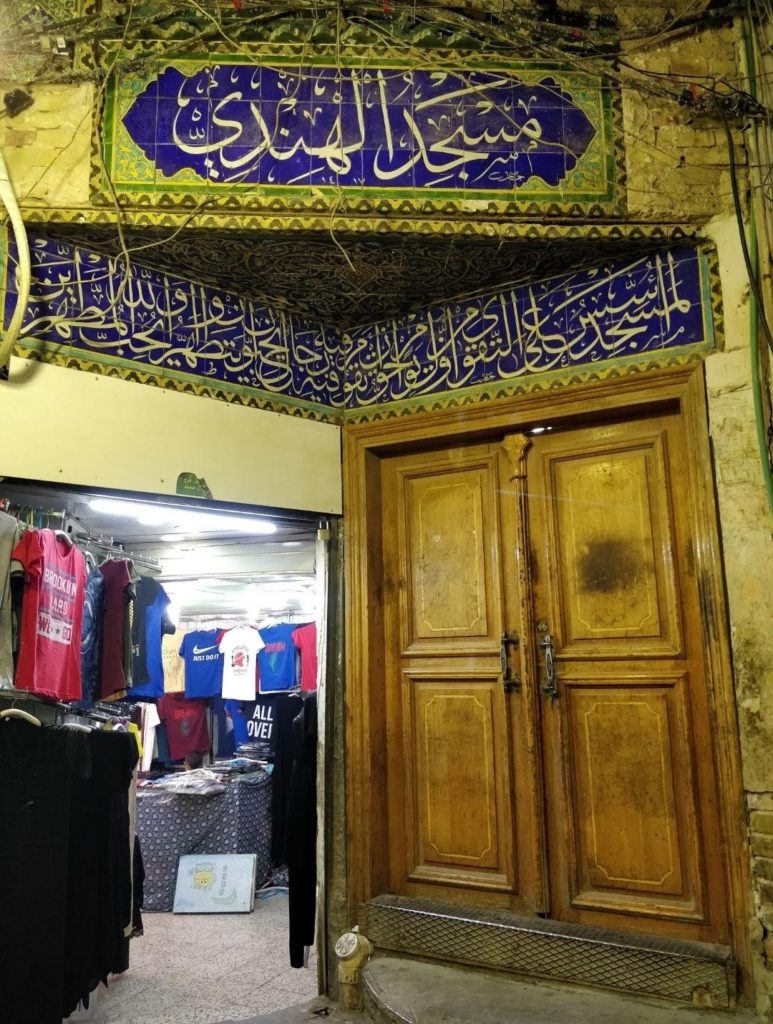I am a graduate student and manuscript cataloger based at Columbia University, and my research interest concerns Twelver Shi’ism, which thus requires frequent research trips to the Middle East, specifically to Iraq and Iran. With this background, I would like to contribute my experiences working in the relevant libraries of both these countries.

Due to the turbulent last 50 years, the repositories of the two Shi’i dominated nations have in ways remained enigmatic for the typical western researcher. Enigmatic not because they are hiding anything, but because constant conflict has made them relatively inaccessible. Consequently, Shi’i studies, within Islamic studies, has been warped towards focussing on contemporary geo-political issues, whereas the rich Shi’i literary legacy ranging from jurisprudence to philosophy and so on has been veiled, seemingly only for certain experts to see. While it is true that travel to these regions is not at all easy, the historical libraries therein are indeed waiting for foreign researchers to come, and I have found that the staff are earnest in finding ways to assist in this proliferation of knowledge.
When it comes to Iraq and Shi’i studies, there are numerous libraries and manuscript collections where one can partake in research. From the National Archives in Baghdad and private libraries of Kazimiyah, to the collections of the ‘atabat (shrine) complex in Karbala, there is no single location that deserves to be the primal point of initiating research work, other than the seminary city of Najaf, and its al-Imam al-Hakim Public Library. This al-Hakim Library services the tens of thousands of students and scholars of the Najaf seminary, and thus can be considered the chief reservoir of Shi’ism as a school of thought. Therefore, visiting the al-Hakim Library is of vital importance for the Shi’i studies researcher, and hence the topic of this piece.

